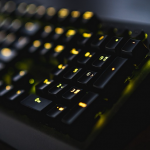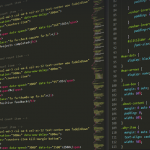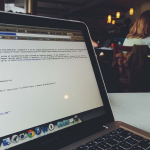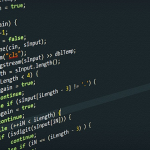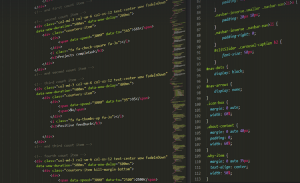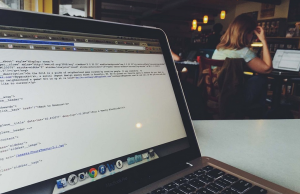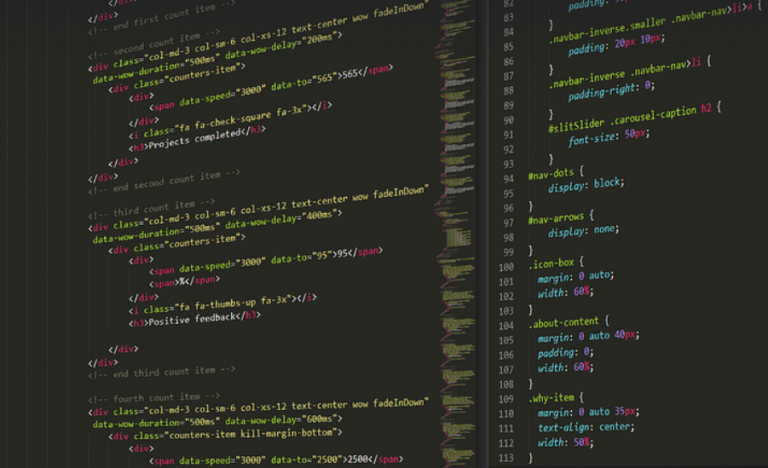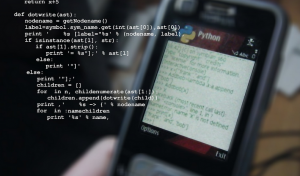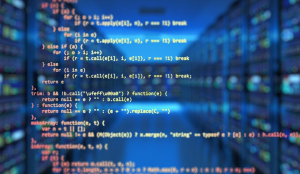What is Convergent Research in Reading?
Reading comprehension, a multifaceted skill that involves understanding, interpreting, and applying learned information, continues to be a cornerstone in education and literacy. As we delve deeper into the complexities of this fundamental process, researchers are turning to a powerful approach known as convergent research. This innovative method brings together diverse perspectives and data sources to provide a more comprehensive and holistic understanding of reading comprehension. Convergent research in reading is an exciting journey that combines multiple methods and approaches, aiming to paint a complete picture of how readers actually process text. It’s like piecing together puzzle pieces from various angles; each piece holds valuable insight, but the whole picture emerges when they are all brought together. This method involves meticulously gathering information from several sources—surveys, experiments, observations, interviews, and even computational modeling— to explore different aspects of reading comprehension. Imagine a detective carefully collecting clues from various suspects, witnesses, and crime scenes to uncover the truth; convergent research employs a similar investigative approach.
Each source offers a unique perspective on the reader’s journey through written text, providing a richer understanding of this complex process.
Why is Convergent Research So Important in Reading Comprehension?
The benefits of convergent research are multifaceted and far-reaching; it can revolutionize our approach to reading comprehension. It goes beyond simply focusing on one method or approach and delves into the depth of various aspects of the skill.
**Understanding Diverse Perspectives:** Convergent research acknowledges the diverse nature of readers, recognizing that individual experiences and learning styles play a significant role in how people comprehend text.
**Comprehensive Analysis:** By integrating multiple data sources, researchers can gain a more nuanced understanding of reading comprehension, encompassing elements like vocabulary, sentence structure, context, background knowledge, and even the reader’s emotions.
**Identifying Key Factors:** Convergent research helps pinpoint key factors that influence reading comprehension, such as how individual brains process language or how specific learning styles might affect reading engagement.
**Building a Foundation for Personalized Education:** This method can pave the way for personalized educational approaches, tailoring teaching methods and interventions to meet the unique needs of each student.
In essence, convergent research acts as a compass guiding us toward a more comprehensive understanding of reading comprehension—a deeper exploration that goes beyond surface-level analysis.
Examples of Convergent Research in Action
Convergent research in reading has led to groundbreaking insights across different areas of the field. It is used to develop better methods for teaching reading, address learning disabilities, and design more engaging educational materials. Here are a few examples:
**1. Eye-tracking Studies:** Researchers use eye-tracking technology to study how readers move their eyes across text as they read. This allows them to analyze patterns of focus, dwell time, and pauses, revealing valuable insights into reading comprehension processes.
**2. Brain Imaging:** Researchers employ neuroimaging techniques like functional magnetic resonance imaging (fMRI) to investigate the brain regions activated during reading comprehension. These studies provide detailed information about how different parts of the brain contribute to understanding text.
**3. Questionnaires and Interviews:** Researchers use questionnaires and interviews to gather data from students, teachers, and parents regarding their experiences with reading comprehension. This valuable source provides insights into students’ challenges, strengths, and learning needs. It also delves into the emotional aspects of reading, allowing for a more holistic view of this crucial skill.
**4. Computational Modelling:** Researchers use sophisticated computational models to simulate how readers process language. These models help researchers explore complex interactions between language structure, cognition, and comprehension challenges.
**5. Reading Interventions:** Researchers design reading interventions based on the findings from convergent research. These interventions are tailored to address specific areas of difficulty, such as vocabulary or fluency, helping students develop deeper understanding and engagement in reading.
As we continue exploring the realms of reading comprehension, convergent research serves as a guiding force, illuminating new avenues for understanding this intricate skill.
The Future of Convergent Research in Reading
Convergent research holds immense potential to revolutionize our understanding and approach to reading comprehension. With ongoing advancements in technology and data analysis techniques, we are witnessing the emergence of increasingly sophisticated approaches that can unlock deeper insights into how readers process text.
As we move forward, it’s crucial to remember that convergent research is more than just a collection of diverse pieces; it’s about weaving these perspectives together to form a cohesive and comprehensive picture.
The future of reading comprehension lies in embracing the power of convergent research—an approach that blends multiple methods and sources to achieve a richer and more accurate understanding of this intricate skill. By combining insights from various disciplines, we can make significant strides in helping students develop their reading abilities and unlock the potential of literacy for a brighter future.
In essence, convergent research is about creating a symphony of knowledge—a harmonious blend of diverse perspectives that ultimately leads to a deeper understanding of the human mind’s ability to comprehend written text.
